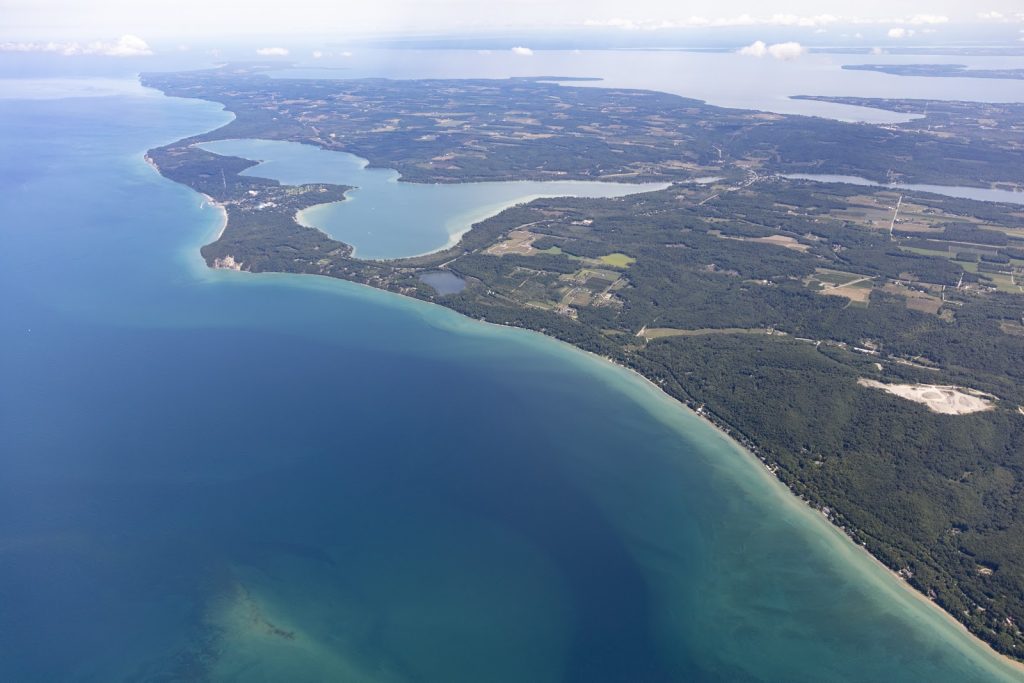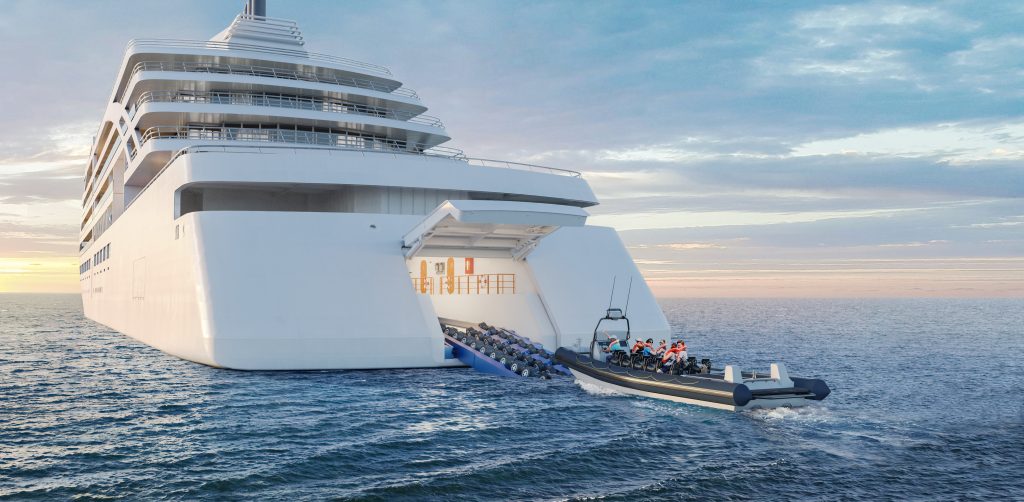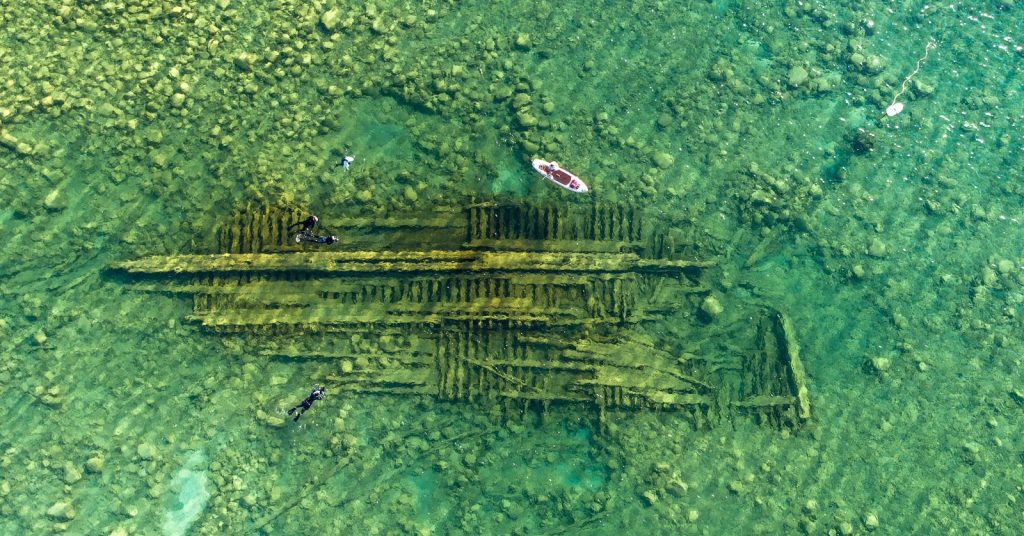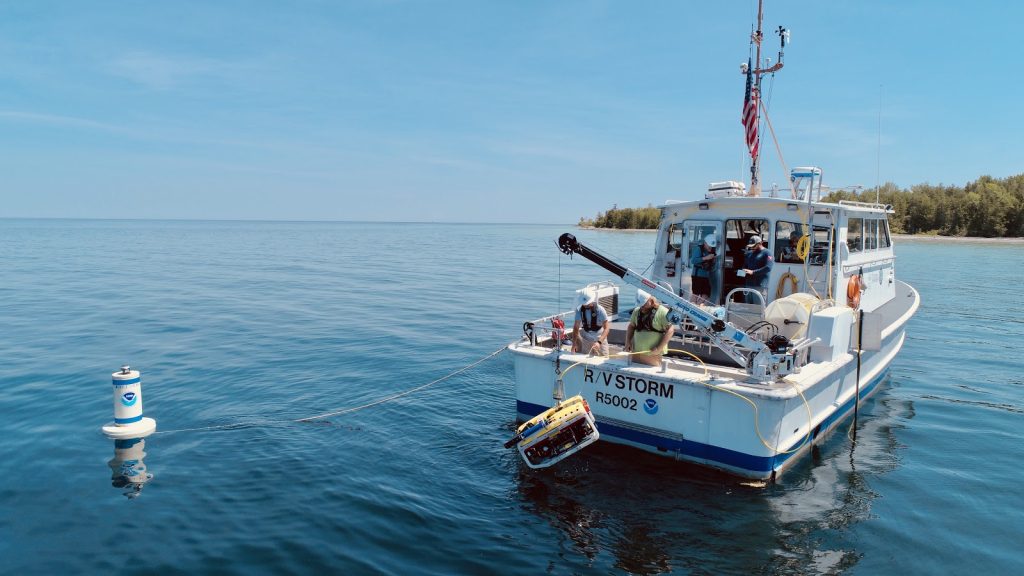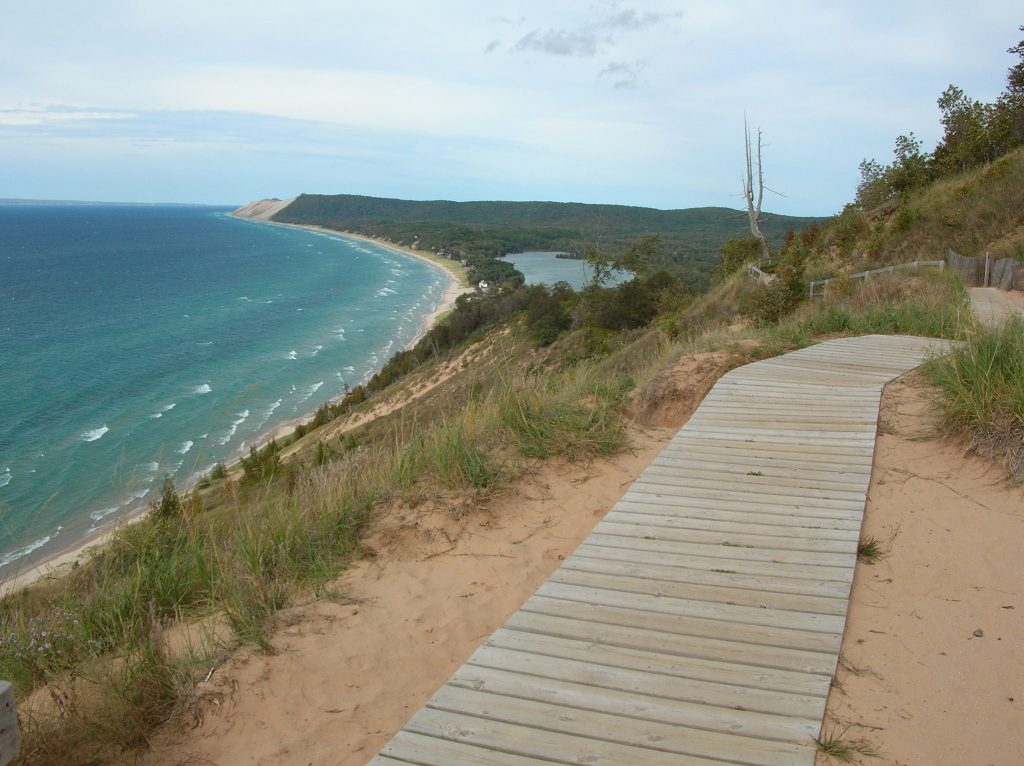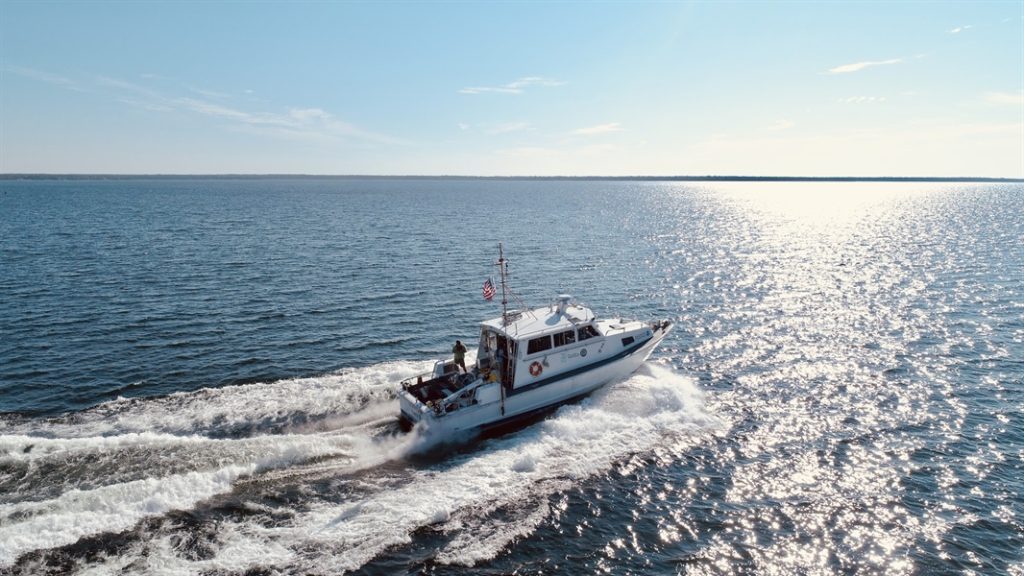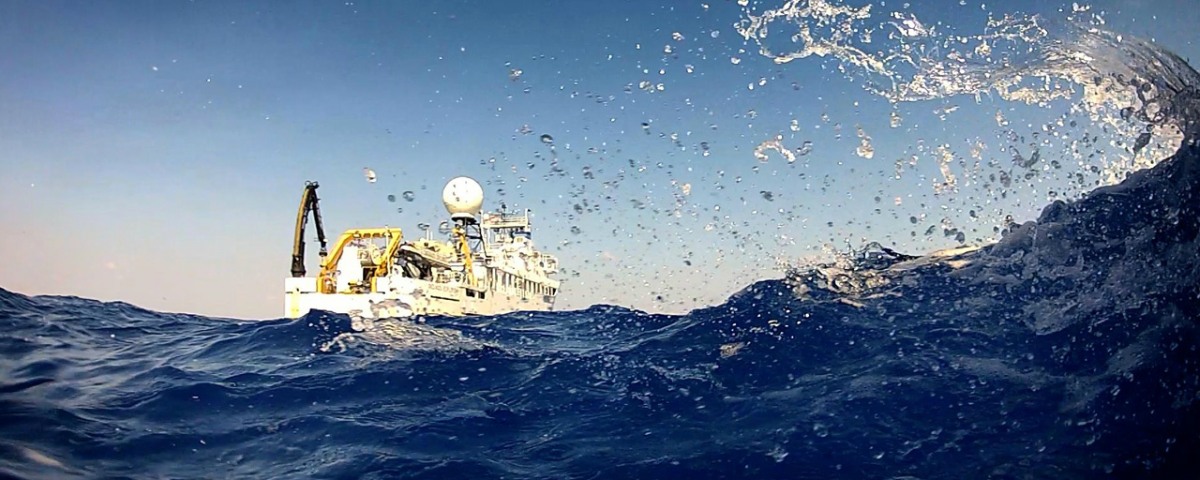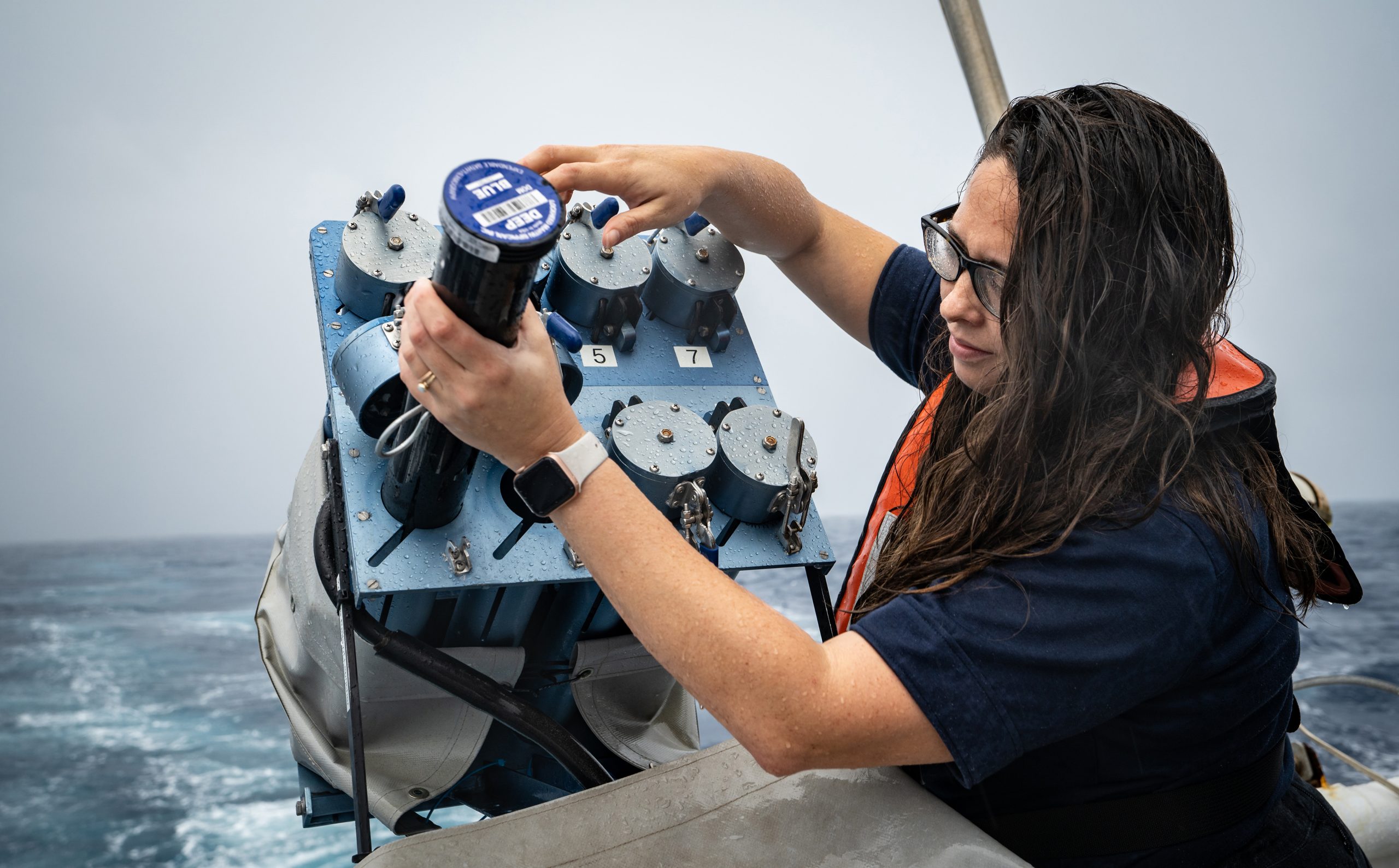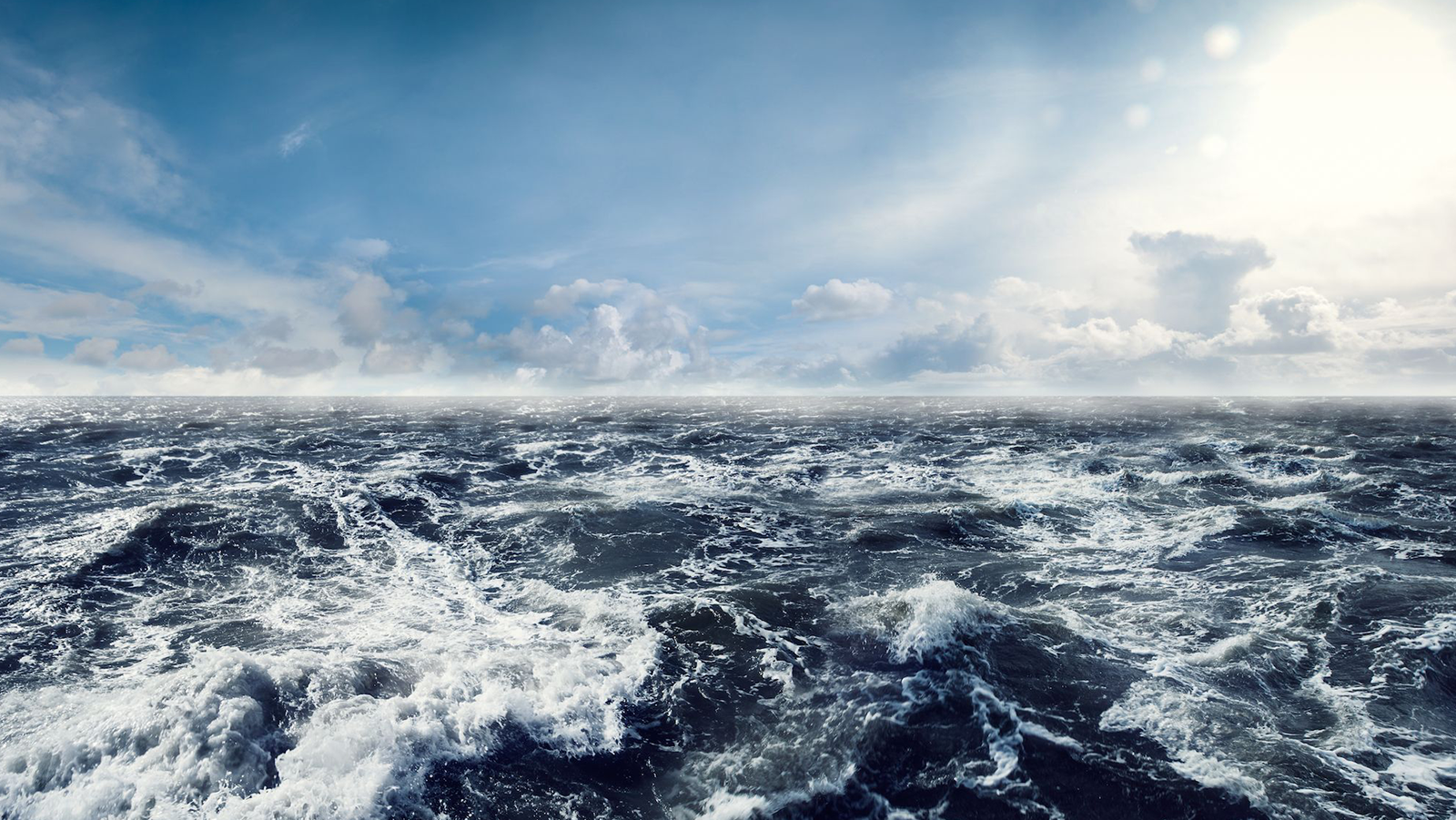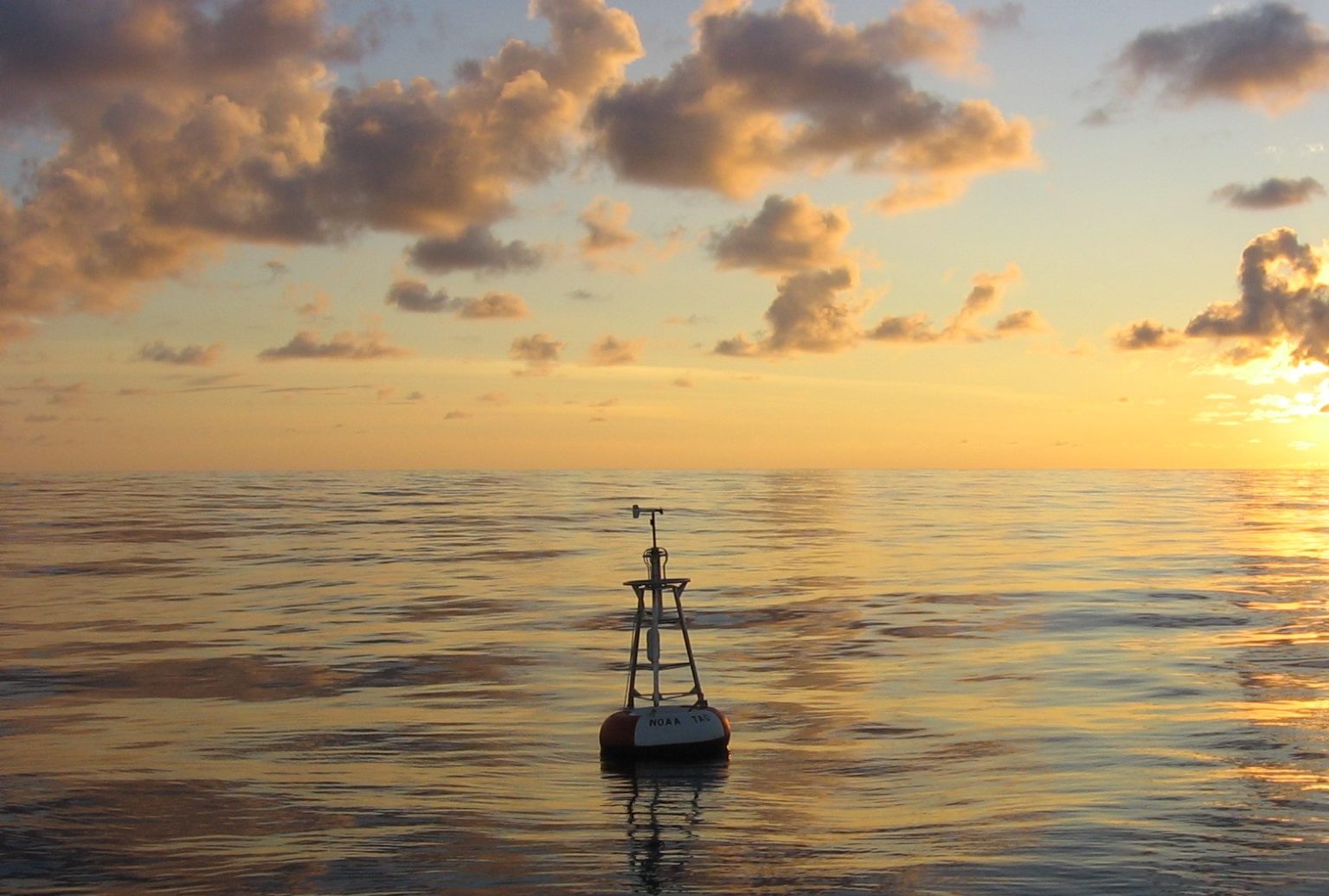NOAA plans to expand its research in the Great Lakes region as the agency teams up with the travel company Viking to carry scientists aboard new expedition voyages planned to begin in 2022.
As part of the Cooperative Research and Development Agreement, NOAA scientists will join Viking expeditions in the Great Lakes to conduct research focused on changes in the region’s weather, climate, ecosystems and maritime heritage resources. NOAA scientists will also serve on the Viking Scientific Advisory Committee.
“We are very excited about the ways that our scientists can expand their research in the Great Lakes with sensors and testing aboard the new ship,” said Deborah Lee, director of NOAA’s Great Lakes Environmental Research Laboratory. “We also welcome the chance to help people learn about the richness and maritime heritage of the Great Lakes as well as the environmental challenges it faces.”
Viking’s arrival in the Great Lakes in 2022 will bring a new vessel with advanced research capabilities to explore this region of North America and will mark a major commitment to local tourism and economic development for the states of Michigan, Minnesota and Wisconsin, as well as the Canadian province of Ontario.
Viking’s new expedition voyages will be hands-on learning experiences; guests will explore their destinations while also having the opportunity to engage with working scientists in the ship’s laboratory or participate directly in citizen science programs.
This public-private collaboration will draw global attention to NOAA’s research, laboratories and programs in the Great Lakes region. The new Great Lakes itineraries will include opportunities for guests to visit NOAA Thunder Bay National Marine Sanctuary on Lake Huron in Alpena, Michigan, and the Lake Superior National Estuarine Research Reserve (NERR) in Superior, Wisconsin, among many other locations. NOAA Great Lakes scientists and program leaders will be on board and engage with guests as they advance Great Lakes ecosystems research.
The new Polar Class 6 Viking Octantis will debut in 2022 in the Great Lakes. This ship and a second ship, Viking Polaris, which will be used in the Arctic and Antarctica, are small enough to navigate remote polar regions and the St. Lawrence River, while large enough to provide superior handling and stability in the roughest seas.
Science onboard
The new ships, while hosting guests, will also be research vessels with an onboard team of Viking resident scientists working on a variety of studies. Each ship is equipped with a FerryBox, a set of instruments continuously collecting and displaying data on water quality, oxygen content, plankton composition, and more. A key attribute of the venture is the continuous, simultaneous collection of these Great Lakes vital signs along the repetitive ship routes, which allows scientists to monitor changes on scales of season, years, and even decades. The laboratory on each ship is also designed to support a broad range of research activities and is equipped with wet and dry laboratory facilities, a sample processing area, fume cupboard, freezer and cool storage, comprehensive microscope optics, and extensive bench space for analysis-specific instruments.
NOAA has collaborated with commercial vessels for scientific purposes before. In 2019, for instance, NOAA’s Atlantic Oceanographic and Meteorological Laboratory (AOML) installed and tested autonomous carbon-dioxide-measuring instruments aboard the Celebrity cruise ship Flora. Each time the Flora sails to the Galapagos Islands, the instruments will measure CO2 levels in the surface waters around the ship, providing insights into the health of this part of the ocean. NOAA’s Ships of Opportunity (SOPs) or Volunteer Observing Ships (VOSs) are another example of non-research ships, such as commercial cargo ships or ferries, that provide unique and valuable opportunities to collect ocean surface data for use in NOAA science.
The new collaboration with Viking also supports NOAA’s goals to embrace transformative advances in science and technology through public-private partnerships, which were announced at the November 2019 White House Summit on Partnerships in Ocean Science and Technology.
To read the Viking press release on the launch of new expedition voyages: https://www.vikingcruises.com/press/press-releases/viking-announces-launch-of-new-expedition-voyages.html
For more on the Great Lakes, check out NOAA’s video, “How Great Are the Great Lakes?”
For more information, please contact Monica Allen, NOAA Communications, at monica.allen@noaa.gov or by phone at 301-734-1123.
